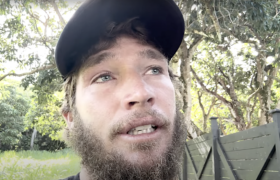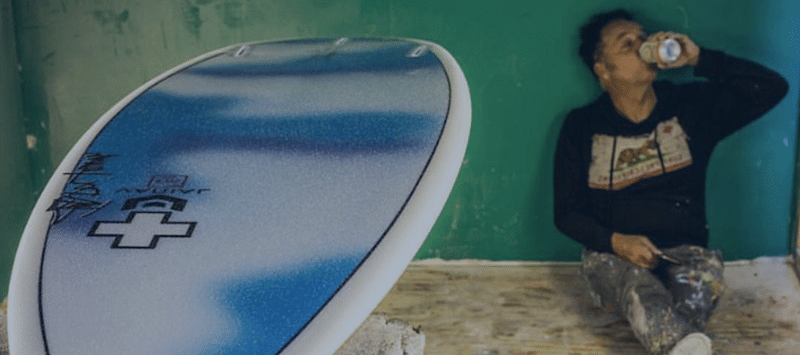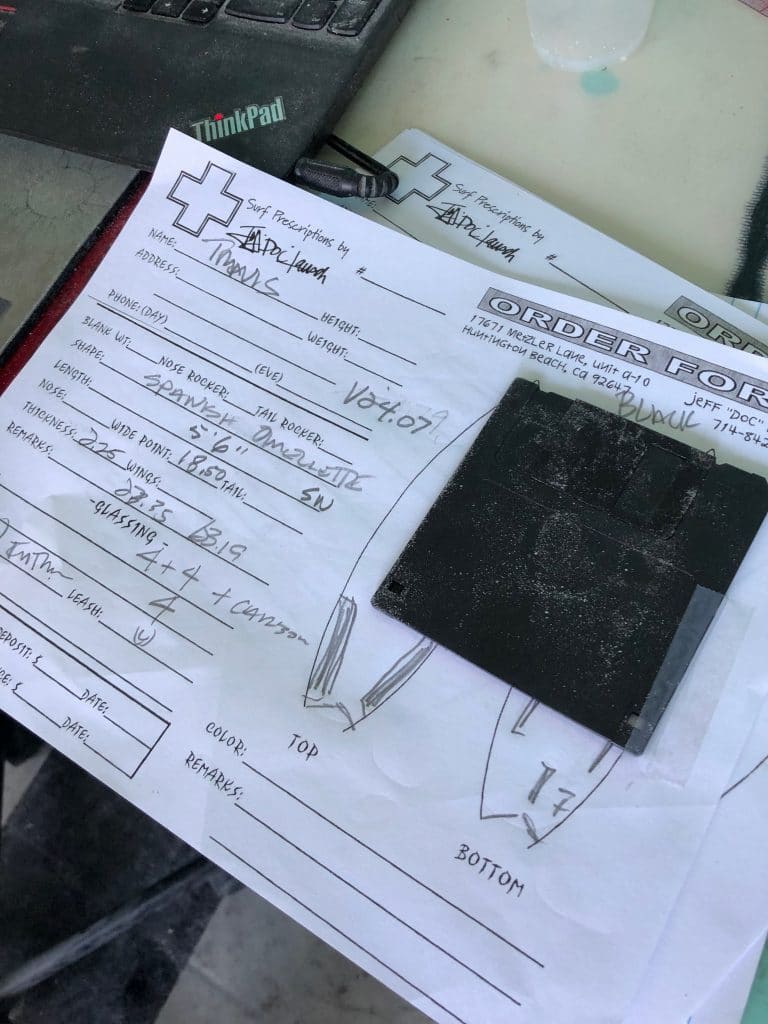Thoughts on meaning and place!
You forget about the heat. You forget about the way it feels. Like a tangible thing. Alive. It has mass, this kind of heat. You feel it pressing down on you, surrounding you like a straitjacket. You can’t escape a heat like this, you can only hope somehow to endure it.
When it came time to turn east, toward Bakersfield, toward Fresno, toward Lemoore, I confess, I almost gave it up. To the west lay Morro and the Central Coast’s mysteries. Elephant seals, jagged rocks, and great whites. Secret coves and delicious reefs. Tree-lined hills that drop precipitously to the sea. So drama, this coastline. So irresistible.
To make matters worse, in recent weeks, the pattern has shifted. Now each morning, we awaken on the coast to a dripping marine layer. The front porch is wet. I dig a hoody out of the drawer and ride my bike for coffee. Now as I reach the road’s turning point, I can see the fog bank in the distant west. I’m drawn to it in a way that I can never escape or explain.
But I promised. I promised I would go, so I turn east and follow the signs. Next services 50 miles. Shit, I need to pee. I swing a hasty turn into a gas station. I count down those 50 miles. Off the interstates, California’s roads are a jumble. I follow a winding two-lane highway through the rolling terrain that forms the southern foothills of the Gabilan mountains. The grasses blanch blonde in the late summer sun.
Then the road splits unexpectedly. Bakersfield or Fresno. I roll the dice and pick Fresno. I am not wrong. The terrain opens up, but the road doesn’t. I sit in a line of cars snaking through the dry grasses. We’re in the neighborhood of the San Andreas fault, that giant zipper that tugs and jams at California’s terrain. I’m driving a rental car and every time I float on the road, an alarm sounds. I can’t figure out how to turn it off. I dream of sledgehammers.
I never got around to writing down directions, which is usually how I do this kind of thing. I write the directions on paper and follow them to the letter. Otherwise, I never quite know where I might end up.
I reach the 5 and turn north, which isn’t entirely wrong, but isn’t all that right either. I should have stayed on the 41, I guess. It’s too late to worry about it now. A freeway exit announces Lemoore Naval Air Station. Sounds good, I figure. I’m totally Calvinballing it now.
And then I see it. A mirage. Too amazing to be real. I watch as a pickup truck comes up the road. It sits there, waiting to make the turn to Lemoore. There’s a yellow longboard on the roof with a red fin. You must be kidding me. This can’t be happening, not here, not more than a hundred miles from the nearest ocean. But I follow them. Because surely, they’re going to the same place I am.
The terrain of the Central Valley is so flat that it seems to erase the horizon. The roads stretch in infinite lines. You can be 15 miles from your destination, but feel like you’ll never get there.
Almond groves line the road. I cross the California Aqueduct conveying its precious cargo from the upper reaches of the Sierra Nevada down the length of the valley. There’s never enough, it seems, and along the 5, patches of farmland lay fallow. Roadside signs urge people to vote for more dams. Make California great again. California needs more water storage, they say. Build more dams. Vote.
First settled in the 1870s, Lemoore began as an agricultural settlement on the northern banks of the Tulare Lake, which at the time, rivaled the Great Lakes in size. Dams in the western Sierras and agricultural use steadily drained the lake, which presently only reappears in years of unusually intense rains. Thanks to a rail line through nearby Hanford and a flour mill the town grew steadily through the late 19th century.
These days, a tidy house in Lemoore with a lawn out front and an American flag flying from the eves will run you $200-300 thousand. For $500 thousand, you can buy a six-bedroom in the gated community near the golf course. There’s the naval air station that arrived in 1961, a community college, and the assorted accoutrements of industrial agriculture. As I circled town looking for the Surf Ranch, I passed Olam Global Tomato and Innovation Center, where trucks filled with tomatoes waited to drop their loads. Tomatoes that had rolled free from the open trucks lay along the roadside to rot.
The road that fronts the Surf Ranch runs the gamut. A rusted out tractor looks like it hasn’t moved in 50 years or more. An American flag sways from a rooftop. A shirtless man in his 50s, rakes dry weeds along the edge of his property which fronts the road. The bright red of a mid-1970s VW bug catches my eye, but I doubt it would run any better than the tractor. A tangle of campers and motorhomes occupy a dirt lot without any signs of ambition. A family gathers to eat on a picnic bench in the shade of a nylon canopy. They turn to look at me as I drive by.
Tall fences divide the Surf Ranch from its neighbors. No parking. No trespassing. What a strange invasion and here I am, a reluctant part of it. I I try to hold on. I try to hold on to how the salt feels in my hair, to how the fog chills my skin. I try to hold on to some memory of where I come from, and how I ended up here. I step out of the car into the white heat and it’s gone.








